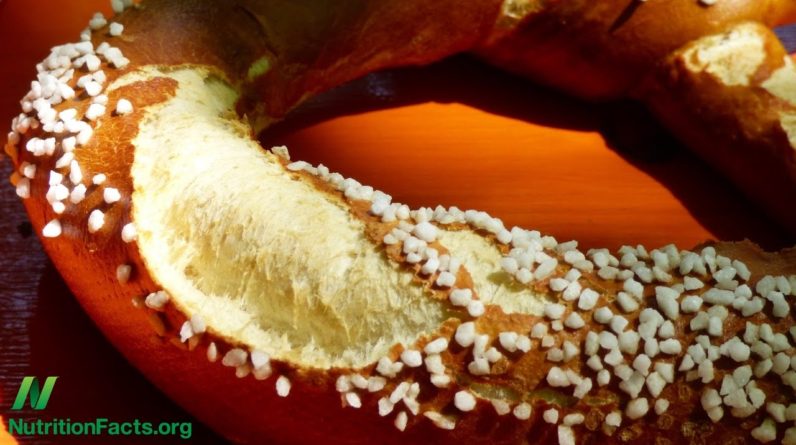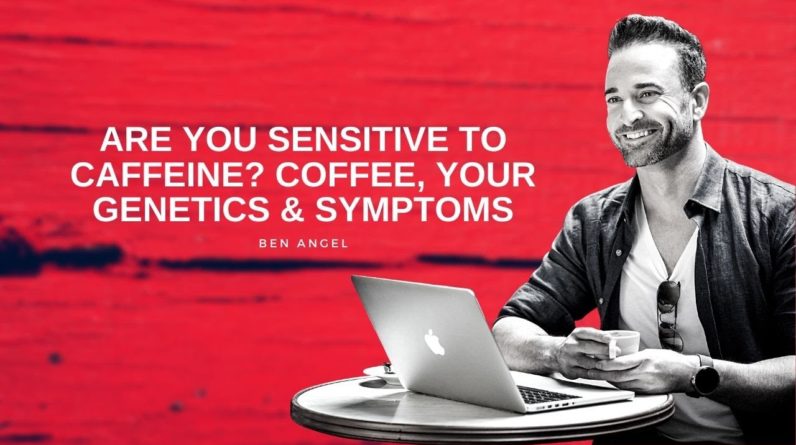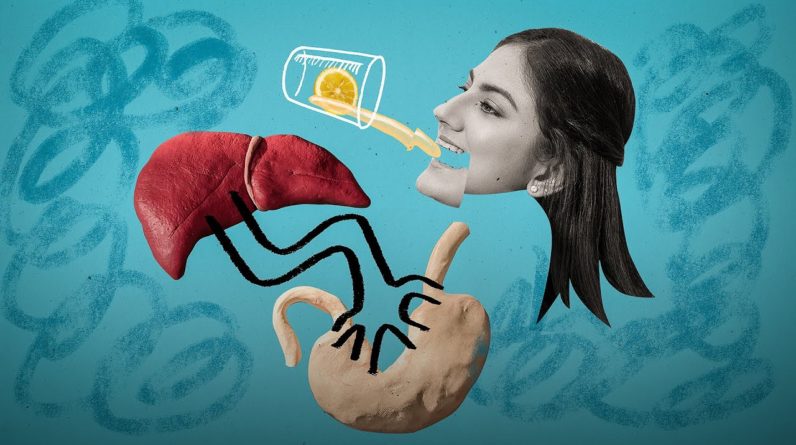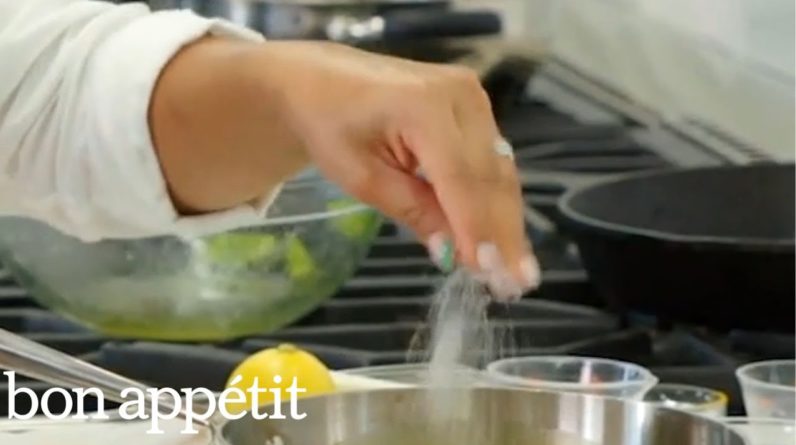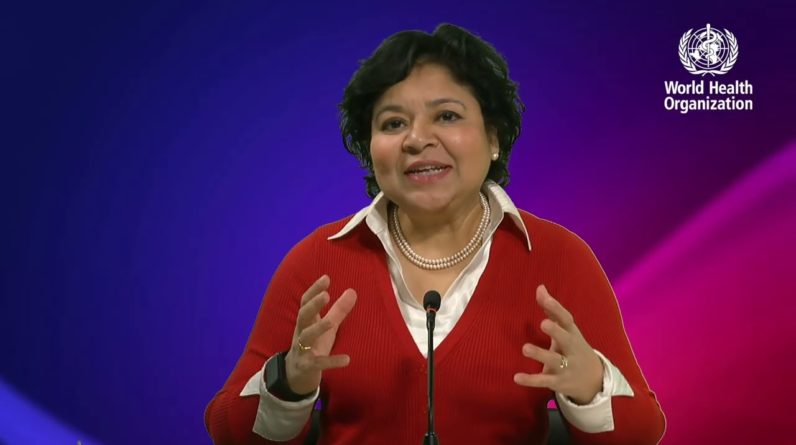
Sodium. You’ve probably heard of it. Maybe you’ve seen it in big letters on food packaging in the supermarket… Or, maybe your doctor has told you to lower the amount of sodium you take in. But what is sodium? Why does it matter? And why is that can of soup bragging about not having it? Let's learn about sodium! Sodium is found in salt, and your body needs some sodium to work the way it’s supposed to. You can get sodium through foods and drinks. Your body can have too much sodium or not enough sodium. But you want just the right amount. If you have chronic kidney disease or end-stage renal disease, also known as kidney failure it can be hard for your body to keep the right balance of not too much and not too little sodium. Why is that? Well your kidneys are like filters that remove waste from your blood. When you have kidney disease, Your kidneys are not filtering your blood as well as they should.
If you have too much sodium it’s your kidneys that get rid of it. But with kidney disease, your kidneys may struggle to filter out the extra sodium. This causes your blood pressure to go up. High blood pressure can damage your blood vessels, your heart, and even your brain. It also increases your chance of having a stroke. Too much sodium can also cause you to feel very thirsty, to have swelling legs, feet, or face, and to feel like it’s hard to breathe. The good news is that you can help your body have the right amount of sodium and lower your chance of having high blood pressure. How? Start by lowering how much sodium you take in through food and drinks. Limit salty snacks like chips and pretzels. Try snacking on no-salt-added snacks, apple slices, or baby carrots. Upping your veggie intake is always a good idea: use fresh or frozen vegetables instead of canned, which can be high in sodium, too. Some foods, like frozen meals, fast food, and canned soups can be shockingly high in sodium. Even foods that don’t really taste salty can have surprising amounts such as cheese, lunch meats, and even cereal and bread.
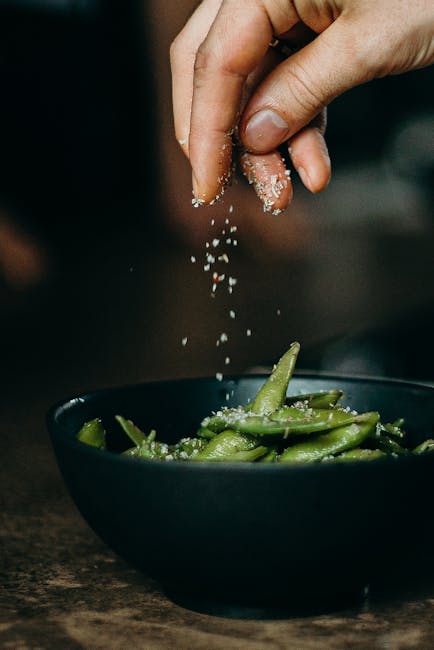
Bottom line: check the nutrition label on all packaged foods you eat and look for low or reduced-sodium options. A good, general rule is to eat and drink less than 2,300 mg a day. When cooking at home, herbs and spices can add major flavor to all your favorites instead of salt. You can even find sodium-free seasoning mixes. For drinks, think more water and less soda and sports drinks, which have added sodium. Talk to your doctor or dietitian about how much sodium Is the right amount for you..


